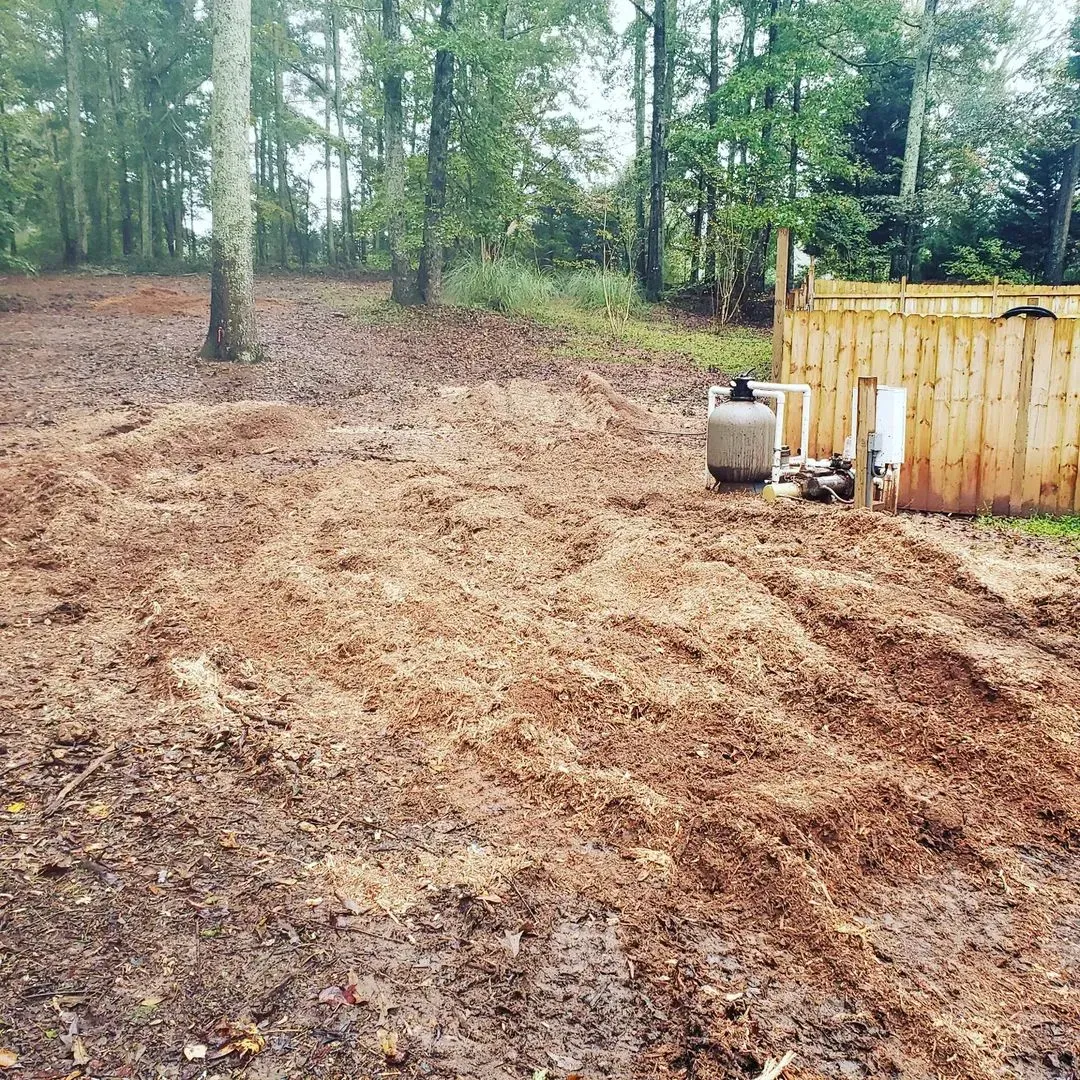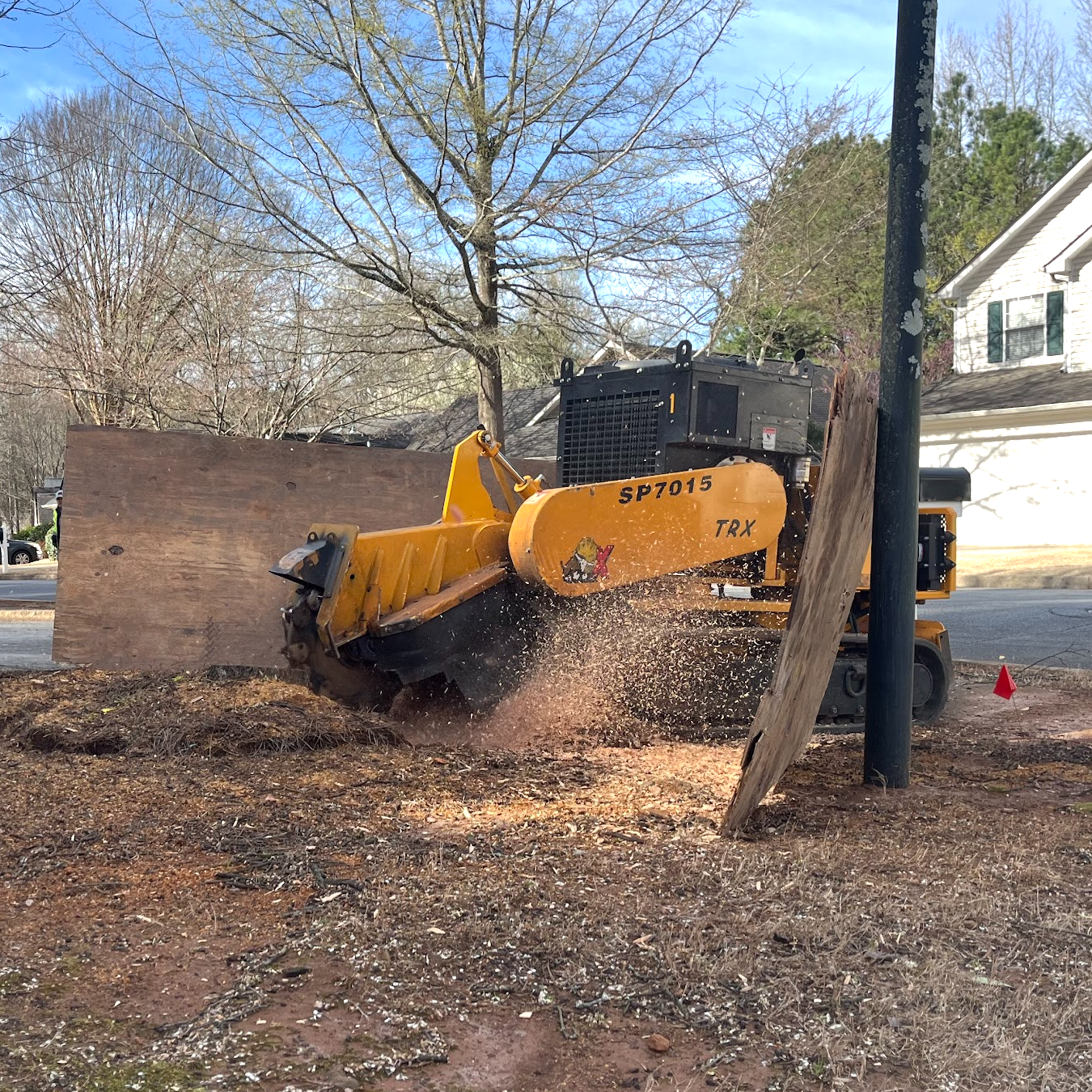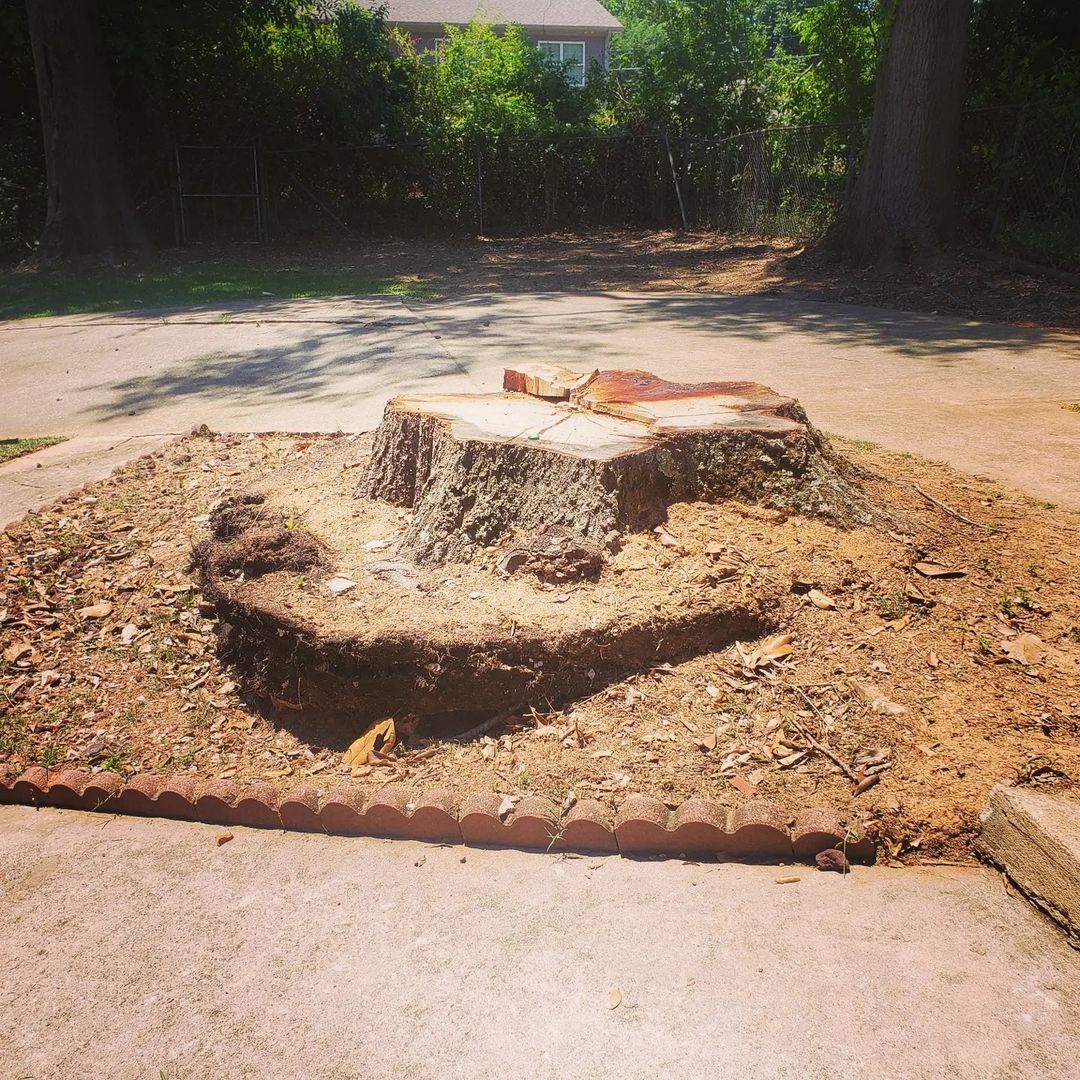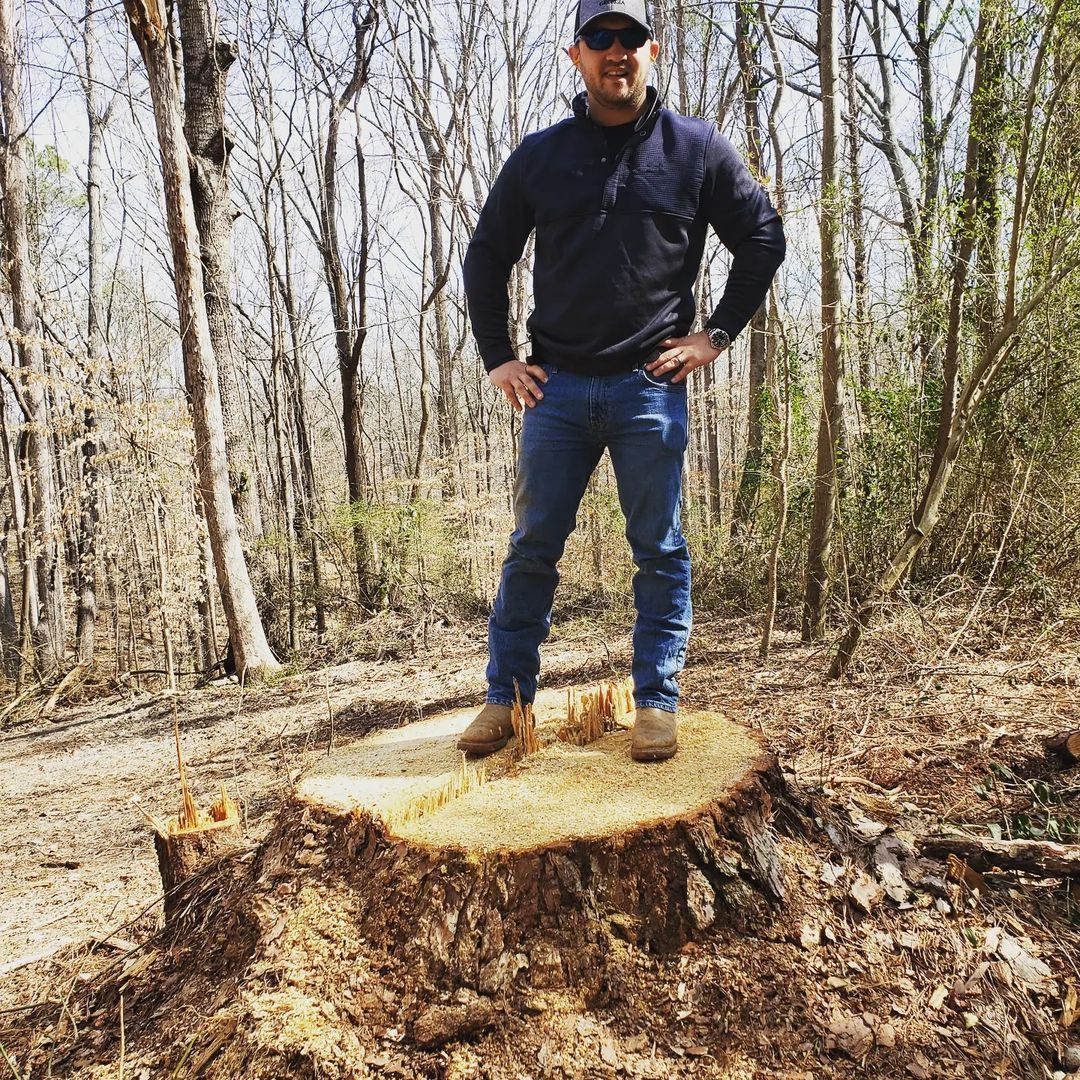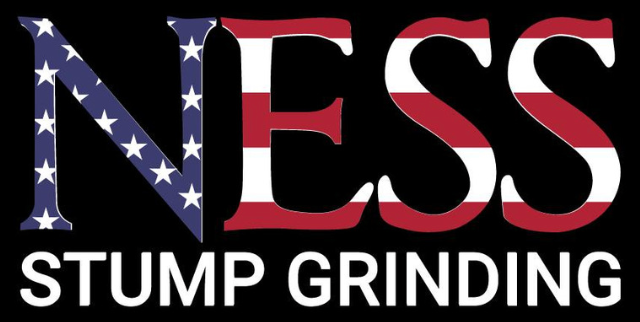What is the Hardest Wood to Stump Grind and Why?
When it comes to
stump grinding, not all tree stumps are created equal. Some stumps are much harder to grind down than others due to the type of wood, the stump's condition, and even where it’s located. Let's explore what makes certain stumps particularly tough and why it can be challenging to get rid of them.
The Toughest Tree Stumps
The difficulty of grinding a stump largely depends on the hardness of the wood. Hardwood trees tend to create the most challenging stumps to grind. These trees have dense, thick wood that takes longer to break down and requires more effort to grind into mulch.
Common Hardwoods That Are Tough to Grind:
- Hickory: Known for its incredible strength and resilience, hickory stumps are some of the hardest to grind. The dense wood and deep roots make the grinding process long and demanding.
Oak: Oak trees are widespread and also very hard. Their strong wood and expansive root systems make oak stumps particularly tough to deal with, requiring extra power and time to grind down.
Walnut: Another notoriously hard wood, walnut trees have dense, tightly packed fibers that resist grinding. They’re often valued for their durable wood, but this same trait makes removing the stump difficult.
Why Are Some Stumps Harder to Grind Than Others?
Several factors contribute to the hardness of a tree stump:
- Wood Density: Hardwoods, as mentioned above, have dense wood, which takes more power to grind. Softwoods, like pine or cedar, are easier because their fibers break apart more easily.
- Stump Size: The size of the stump plays a big role too. Larger stumps take longer to grind simply because there's more material to break down. A thicker diameter means more surface area and a greater volume of wood to process.
- Root System: Some trees, like hickory and oak, have extensive root systems that spread deep into the ground. Grinding these stumps can take more time because not only do you have to deal with the main stump, but also any large roots that are close to the surface.
- Age of the Stump: How long the tree has been cut down affects how easy it is to grind. Fresh stumps are “greener” and harder, making them more difficult to grind. Older, decaying stumps become softer over time and are easier to break apart.
Location and Access
Sometimes the hardest part of stump grinding isn’t the wood itself but where the stump is located. Stumps in tight spaces, near buildings, or surrounded by other landscaping features can be tricky to access with machinery. This can make the job more complicated and time-consuming.
While some stumps, like those from softer woods, may be relatively simple to grind, others can be much more challenging due to the density of the wood, the size of the stump, and the root system. Hardwoods like hickory, oak, and walnut are among the hardest stumps to grind because of their toughness and durability. If you’re dealing with a particularly tough stump, it might be worth considering professional help to make sure the job gets done efficiently and safely.
If you're contemplating the use of a
stump grinder on your property and are in search of professional guidance or
stump grinding services, feel free to
contact us here at
Ness Stump Grinding.
Like This Post? Share It Here...
